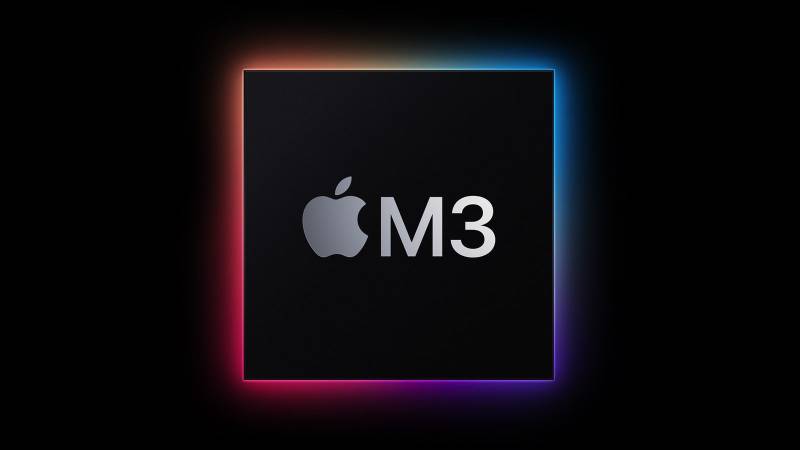According to Gov.Uk, more than 700,000 new companies are registered every year, and almost the same number are liquidated every year. This data proves that before you put a project in the public domain, you need to carefully analyze your idea and get up-to-date data on the specific niche you want to venture into.
To not be included in the statistics of failed businesses, you should take a few additional steps before starting.
1. Document Your Top Startup Assumptions
Before presenting your idea to colleagues or investors, you need to make a description of your own business. The questions can help with this. By answering the following, you should obtain a detailed description of the project:
Read Also:5 Entrepreneurship Trends Happening in the Robotics Industry
What is your ultimate goal?
Everyone in your business needs to understand why they are working on a project. If you are trying to improve people's lives somehow, then be sure to clarify this and write in more detail.
How is your business different from analogous businesses?
You will have competitors who have already managed to gather a loyal audience and have been in demand for many years in any niche. To stand out from their background and bring something new to your customers, you need to understand for yourself what value you get to the consumer.
What problem is your business solving?
If your startup doesn't solve the world's problems, then you can't get people to buy your product or service.
Who is the project for?
Create a detailed portrait of your customer, and understand how the startup will solve their problems and what life processes it will simplify.
How do potential clients solve their problems today?
Here you identify your competitors and highlight those features that they do not have.
Can you make money on this?
It is not necessary to make financial predictions for years to come, but minimal calculations will help you understand whether your idea will pay off in the future or not.
You will understand if this idea can be profitable by answering these questions. Thus, you will build the positioning of your own brand in the market and will be able to compete with the industry leaders.
2. Proof of Concept
PoC is a small project designed to test critical hypotheses before full development. Startups use it to analyze how realistic a feature is and prove that an idea works.
Most often, companies develop PoC internally to clarify product development paths. The proof of concept does not cover the entire system, but only a tiny part that users may not see. PoC is made up of theoretical data:
results of marketing research and surveys;
reactions of potential customers to the announcement of the application;
effects of technical analysis.
PoC analysis can take a toll on competitiveness, timing, budgets, and the use of specific technical tools. The main task of PoC is to show whether it is theoretically possible to create a product.
3. Talk to Your Potential Audience
When you have compiled a portrait of the target audience, you need to communicate with it, or conduct surveys to find out:
how much they would pay for a service or product
where it is more convenient for them to place an order
what essential features do they expect on your platform
You can interview potential customers on particular services such as Survicate or CustomerGauge. It is software that helps businesses collect customer feedback and improve service. It allows the brand to create surveys in minutes, distribute them across multiple channels, and quickly analyze the results with automated real-time reports.
These platforms work for any use case (product research, marketing, customer success, etc.) and support 19 one-click built-in integrations. By covering all of the customer touchpoints, they enable you to engage your interested audience and make customer reviews the backbone of your business.
The more detailed you get to compose a portrait of the future buyer, the better. For example, finding outage, geography, and interests is not enough. Best of all: find out how the product will cover pain and help customers.
For example, beaded jewelry will be an affordable gift for teens who want to show their friendship with a loved one but do not have the money for something more substantial.
4. Start as Small as Possible
You have already tested the idea on yourself and potential customers, and now you need to start launching a startup to push the proposal's internal functionality.
A successful startup can be achieved with a minimum viable product. It can be used to create any product, but it is needed for software development and digital services, so if you start an online business, you cannot do without an MVP.
The main goal of creating an MVP is to reduce the time spent testing the market reaction to an idea. It allows you to attract real users to the project as guides who will help you adjust the business model and essential characteristics of the future product and outline development directions.
Positive results at the MVP stage show the way for developing a complete product version. The minimum viable product allows an entrepreneur to:
Using the data obtained, confirm the idea's viability and test the hypotheses about the project.
Identify features that can be used when developing the full version of the product.
Minimize the risks of financial losses in the event of an unsuccessful product release.
Reduce development costs by identifying unclaimed functions.
Speed up the search for product errors.
Build a base of potential customers before a full-scale launch.
Occupy a market niche and attract investors.
The data collected using the MVP will allow you to understand if the project has prospects, help generate new ideas, and develop a product development strategy based not on assumptions but on facts.
How to Make a Business Idea Viable
Since there is no one definite way to find out how good your business idea is, you need to try all the testing options in demand. After going through all the stages, you understand that this startup will not bring the profit you expected; you should not immediately abandon the project.
In the era of digital technology, an entrepreneur can modernize the business and adapt to a potential audience with the help of marketing features.
Remember that if you have a quality proposal that solves people's problems and you are not afraid to implement software to improve the quality of service, your business will find its customers.




